
AI should back your best people, not replace them: data expert
Posted on 15 Oct 2025
Funders and the not-for-profits (NFPs) they work with should treat artificial intelligence (AI) as…
Posted on 18 Sep 2025
By Matthew Schulz, journalist, Institute of Community Directors Australia
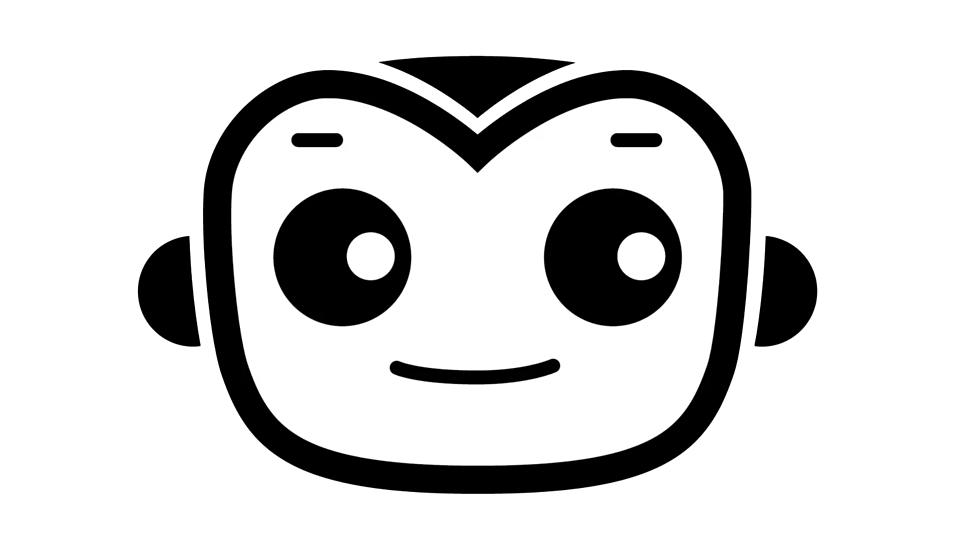
Across Australia and the world, not-for-profits are adopting artificial intelligence (AI) tools with gusto.
Charities, not-for-profits and for-purpose organisations of all kinds are using AI in a huge variety of ways. Some are building chatbots to disseminate trusted information, or to better connect people to support. Others are using it to personalise education, improve health and aged care services, or streamline fundraising and administration. AI is also powering research, monitoring and advocacy by helping organisations analyse data at scale. In a growing number of cases, NFPs are experimenting with “agentic AI”, allowing AI “agents” to act on their behalf.
Here are 43 great examples we’ve found.

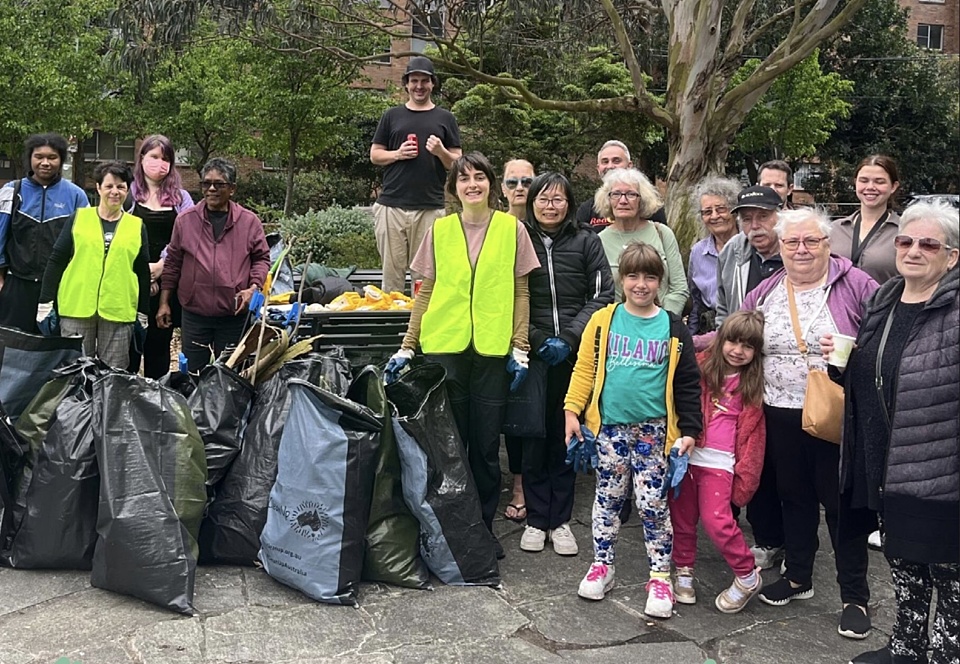
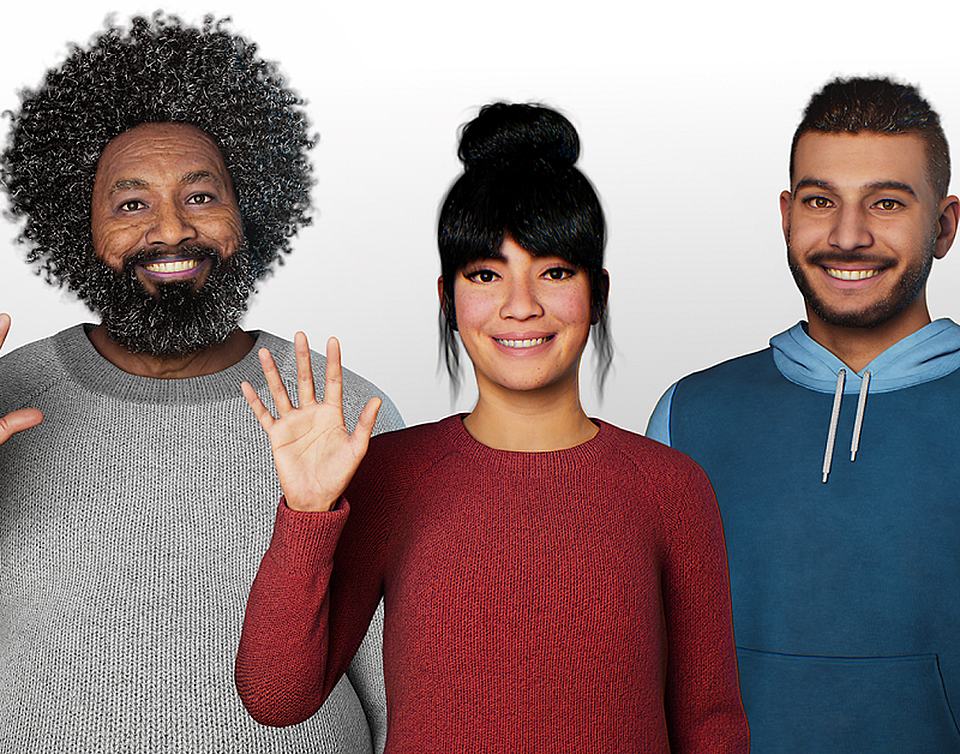
The Earth Species project aims to decode animal communication.
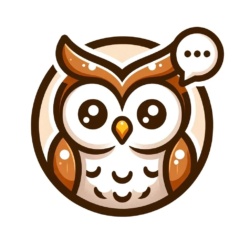
Got a great story to tell about your AI tool? Email us: media@ourcommunity.com.au
Community Directors Intelligence: The AI edition
Community Directors artificial intelligence tools and resources
Infoxchange AI case studies | Agentic AI explained
Stanford Social Innovation Review: AI-powered nonprofits

Posted on 15 Oct 2025
Funders and the not-for-profits (NFPs) they work with should treat artificial intelligence (AI) as…

Posted on 15 Oct 2025
Artificial intelligence (AI) is becoming an essential tool for not-for-profits seeking to win…

Posted on 15 Oct 2025
An artificial intelligence tool to help not-for-profits and charities craft stronger grant…
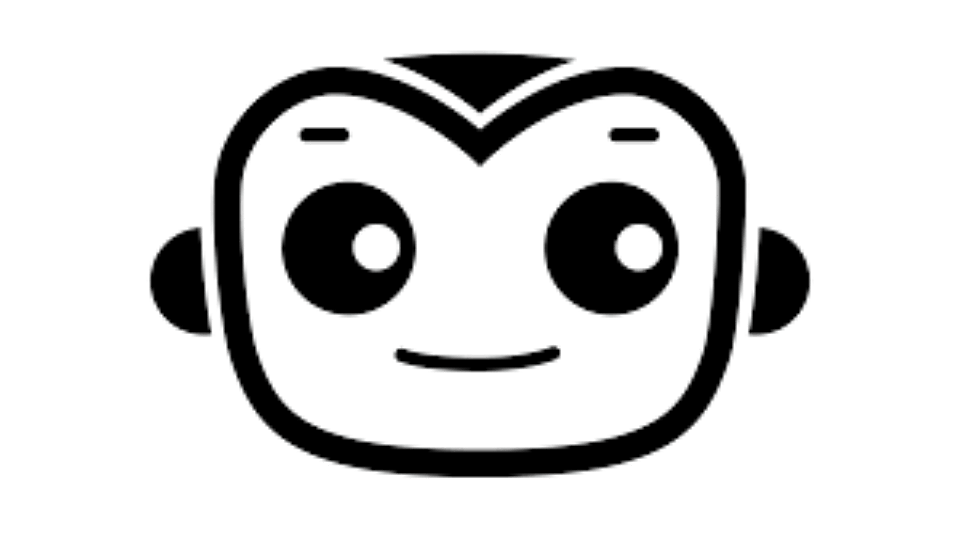
Posted on 18 Sep 2025
Across Australia and the world, not-for-profits are adopting artificial intelligence (AI) tools…

Posted on 01 May 2025
With the sector juggling restricted grants, tight timelines, high-stakes acquittals, and a…

Posted on 19 Feb 2025
Charities Minister Andrew Leigh writes about the Labor government's agenda in 2025, including plans…

Posted on 19 Feb 2025
Leading funders say major social and political issues will shape the giving landscape in 2025.

Posted on 19 Feb 2025
The lead author of a blueprint aiming to transform the not-for-profit sector over the next decade…

Posted on 17 Feb 2025
SmartyGrants estimates the total value of all grant funding in Australia at $125 billion each year.

Posted on 12 Sep 2024
A unique Australian investment vehicle is on track to grant more than $100 million to Australian…

Posted on 12 Sep 2024
Philanthropic expert Genevieve Timmons has updated her book Savvy Giving for a new decade. In this…

Posted on 17 Jul 2024
New research has laid bare Australians vastly differing attitudes towards the community sector.